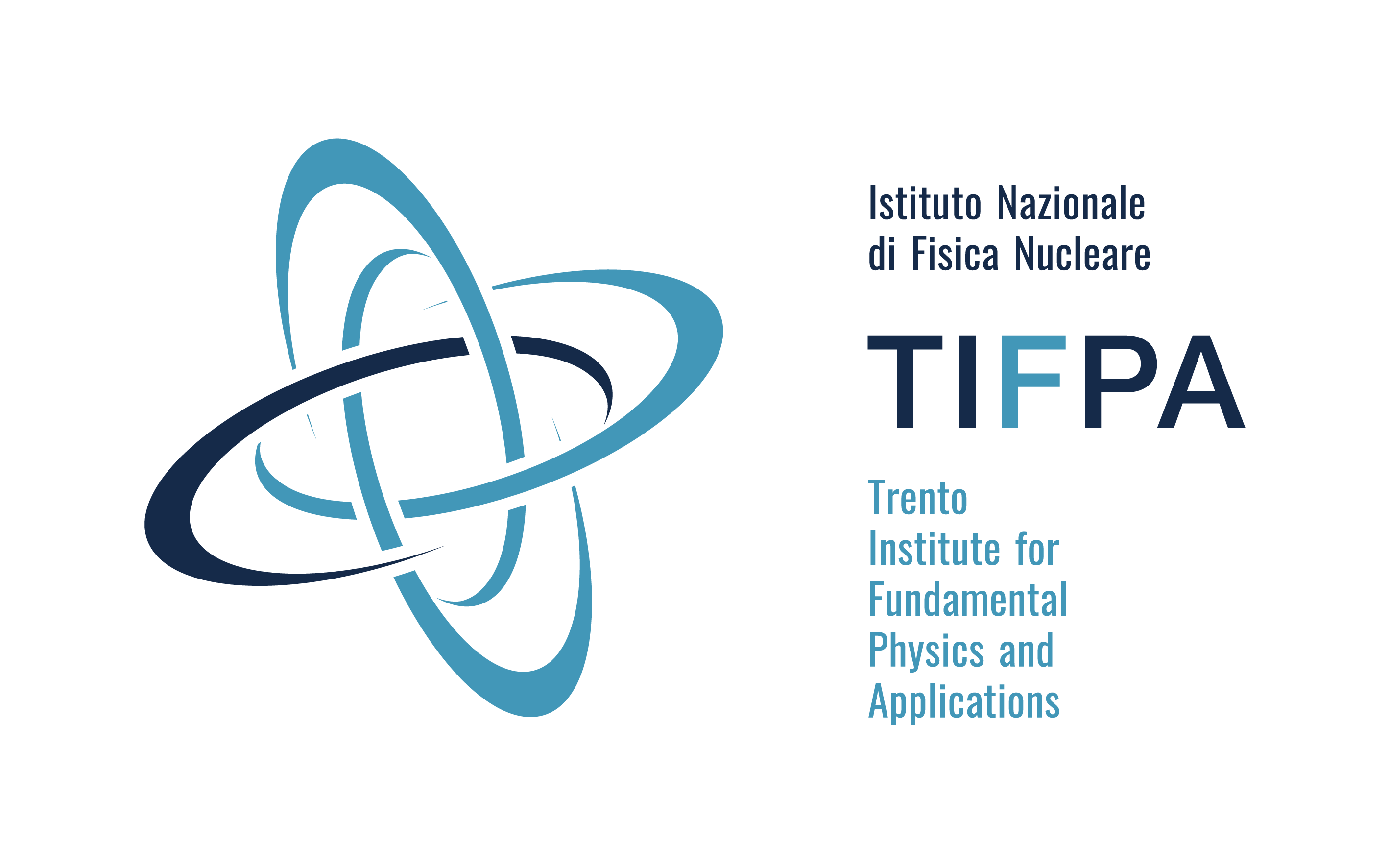FISh - Fundamental Interactions Simulations with quantum gases
FISℏ focuses on the dynamics of quantum gases of ultracold atoms with the aim to model interactions and mechanisms at the basis of high energy physics. This research field belongs to the domain of quantum simulation where physical systems difficult to address experimentally are studied through analogies with simpler systems.
The Science
The objective of the project is engineering the interactions in ultra cold atomic gases to reproduce and study in laboratory features typical of gauge theories such as quantum chromodynamics, which are connected to color symmetries and quark confinement. The strength of this type of approach is twofold: on one hand the exquisite experimental control available with ultracold atomic samples allows the fine tuning of the coupling constants and the parameters of the model under test. On the other hand the diagnostics tools available in atomic physics, together with the lengths and energy scales of far simpler to access, allow the direct detection of particles and various measurements of their properties (imaging, dynamics, correlation functions, excitation spectrum).
TEAM
• INFN groups: Firenze, TIFPA
• Principal Investigator: Leonardo Fallani, Università di Firenze e INFN Sezione Firenze
• INFN Project: CSN II
• Duration: 2015 - 2020
TIFPA Team
• Local responsible for TIFPA: Gabriele Ferrari, Istituto Nazionale di Ottica-CNR, Università di Trento e TIFPA
• Involved TIFPA people: Sandro Stringari, Franco Dalfovo, Giacomo Colzi, Simone Donadello, Giacomo Lamporesi
Images

Bound states of vortex-antivortex excitations in coherently-coupled spinor Bose-Einstein condensates: The binding energy linearly proportional to the size of the excitation, and the fact that vortices exist only as bound vortex-antivortex states, allow to establish analogies with color confinement in QCD. From "Vortex Molecules in Coherently Coupled Two-Component Bose-Einstein Condensates", K. Kasamatsu et al., Phys. Rev. Lett. 93, 250406 (2004)



